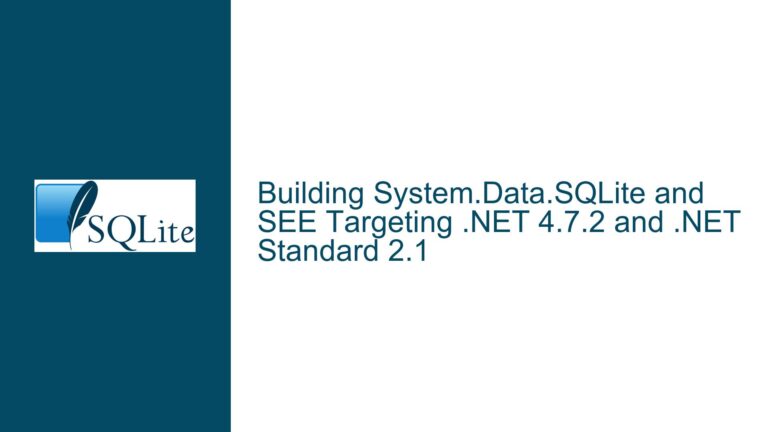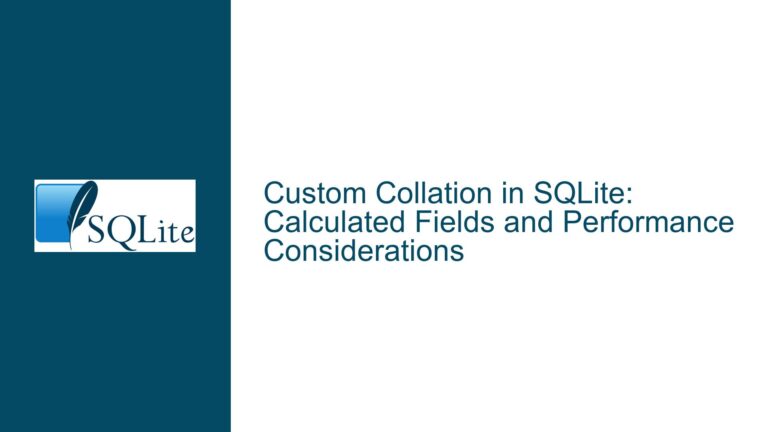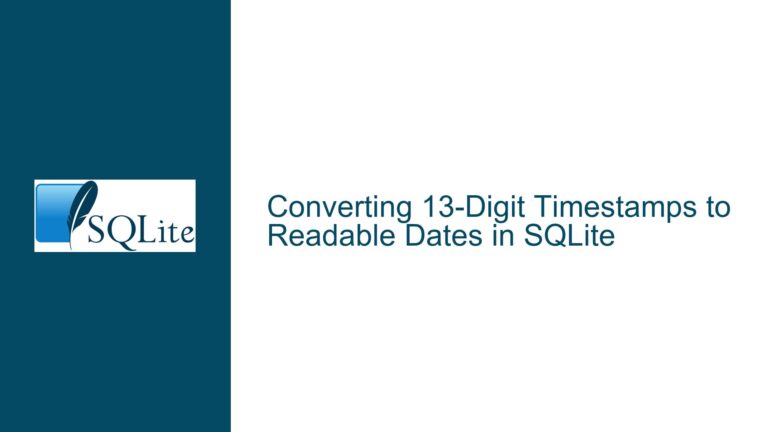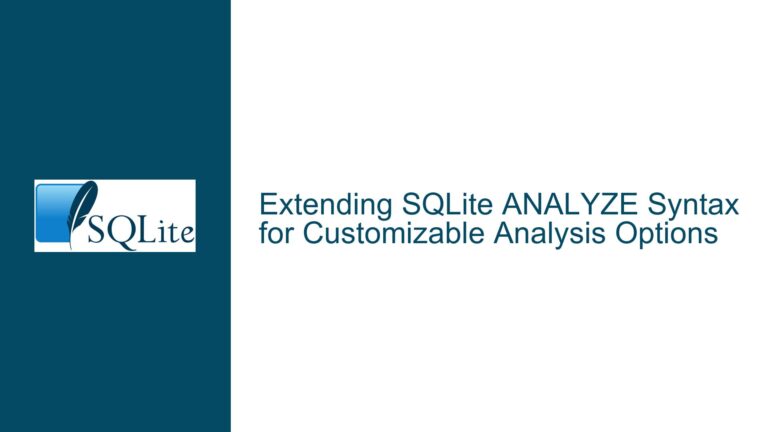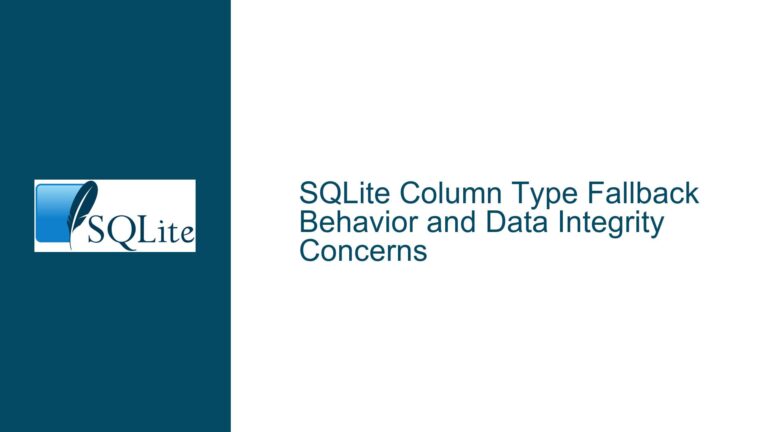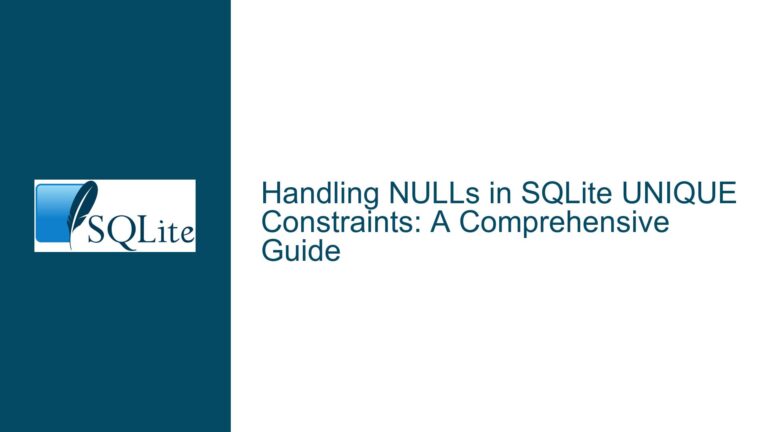SQLite WAL and SHM Files Not Cleaned Up on macOS
SQLite WAL and SHM Files Persisting After Database Closure When using SQLite in Write-Ahead Logging (WAL) mode on macOS, it is expected that the associated -wal (Write-Ahead Log) and -shm (Shared Memory) files are automatically cleaned up upon the closure of the last database connection. However, users have reported that these files persist even after…



